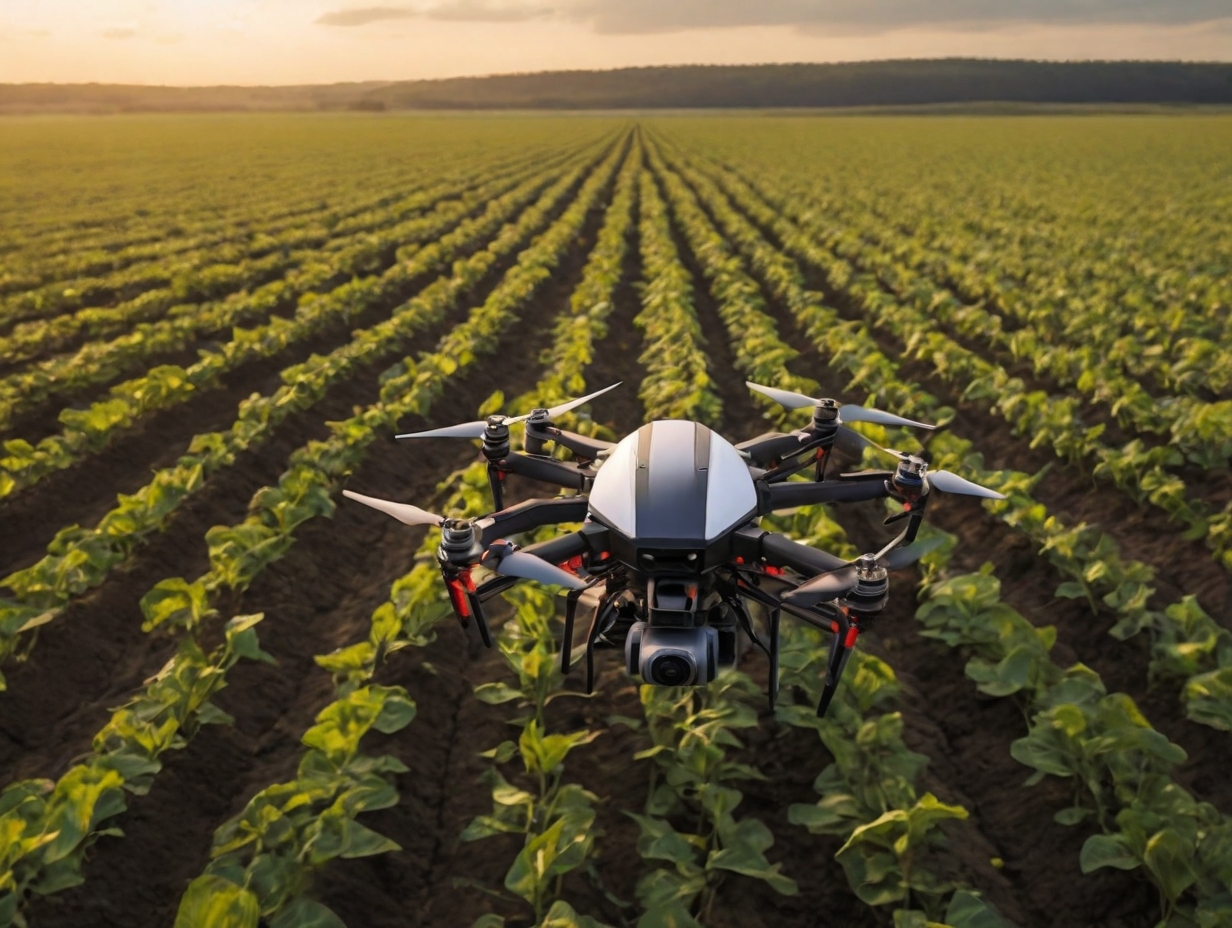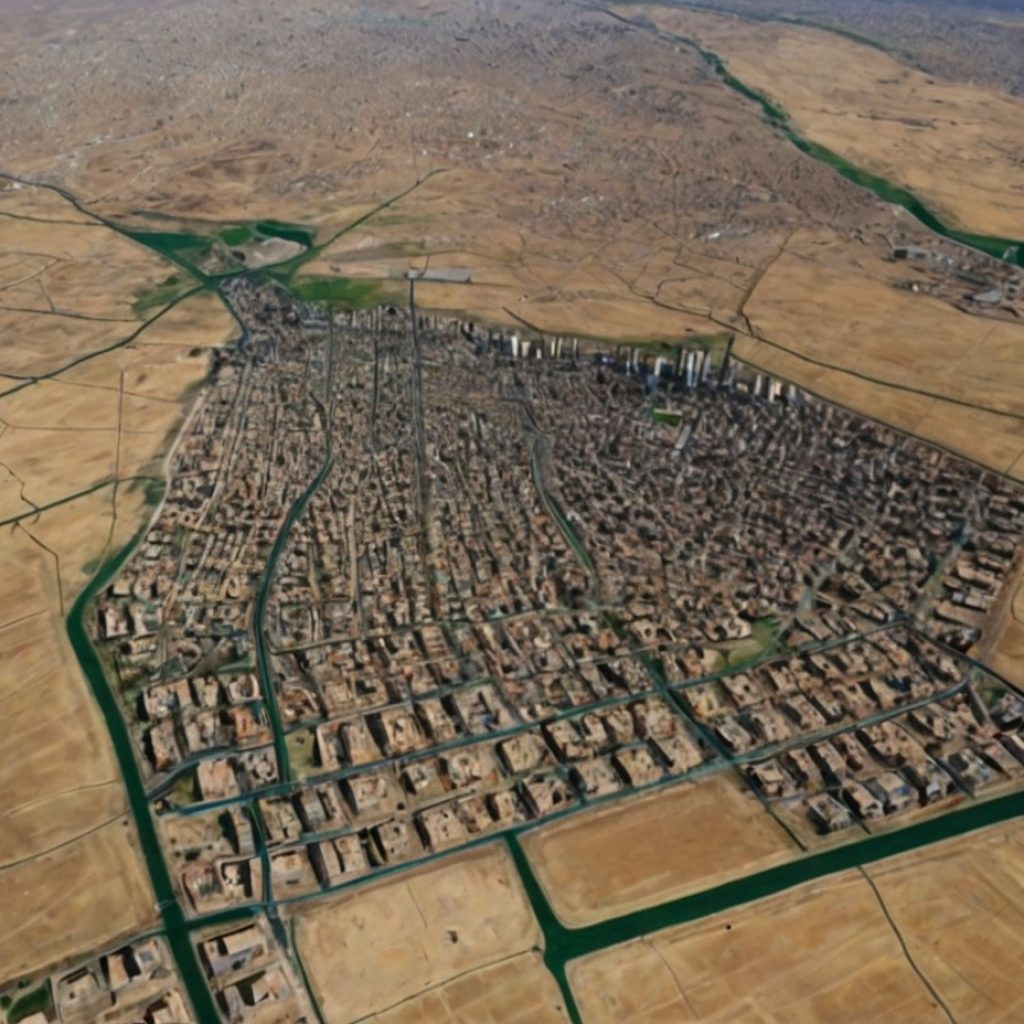Through this path of advancements in technology, the agricultural sector is also transforming. In the last decade, we have had some revolutionary changes, whereby using drone technology, crop yields have increased by 5-10% and up to a 30% reduction in water usage. All of these advances show how rapidly change is also taking place in the industry, and it opens up further changes in agriculture that will help increase productivity and sustainability through hyperspectral imaging (HSI) and deep learning.
The evolution of agricultural technology
Agriculture had gone from manpower into mechanization in the 18th century, further into the green revolution of the 20th century, and the present precision agriculture. It is an epochal march moved by the constant call for efficiency and sustainability. Innovations in modern farming, such as HSI, are now being incorporated with other innovations in deep learning. This is changing the face of farming and land management, as it is now possible to capture images across various wavelengths by revealing end members or pure spectral signatures.
This gives important information to detect diseases, nutrient deficiencies, and early water stress detection. This implies that HSI has provided a backbone for the right use of pesticides, optimum water use, and monitoring crop health to reduce waste in the agriculture sector; therefore, it has contributed much toward protecting the environment.
Deep learning fused with HSI is revolutionary and helps meet some of the challenges in agriculture. Deep learning algorithms can predict crop yield and forecast the presence of pests and diseases, even before symptoms can appear. These technologies are now changing crop management and cultivation strategies from a reactive to a proactive and predictive approach. Thus, the adoption of hyperspectral imaging (HSI) and deep learning technologies in agriculture brings enormous environmental benefits, which would result in transitioning to sustainable farming.
These technologies target where water, fertilizers, and pesticides are applied most, using the fewest resources and causing the least environmental pollution. The overall system health is promoted by enriching the soil and reducing runoff. Improved early detection of stress and disease of plants also contributes to the maintenance of biodiversity; chemicals are not applied randomly and do not threaten other plant or animal species in the environment in that case.
Environmental benefits and future implications
This, therefore, will enable farmers to manage the crops correctly and project production efficiently using resources, reducing operation costs. Such technologies will promote sustainable agriculture, make farming practices coherent with and supportive of principles in environmental stewardship, and hasten the world’s food security and ecological balance agenda.
Reduced Chemical Use: HSI greatly reduces the amount of pesticides and fertilizers used by allowing precision. By precisely identifying infested pests, areas with diseases, and nutrient deficiencies, farmers can now apply chemicals only where needed, hence reducing the amount of runoff and leachate that may carry hazardous substances into surrounding ecosystems. That is to say, inputs are better targeted, which conserves resources and causes a smaller ecological footprint of farming.
Water Resource Conservation: Deep-learning models enabled with HSI data allow for much more reasonable water use. Such pinpoint technology of the exact water needs for different parts of the field leads to a big reduction in wastage, an important step for regions in water-scarce zones and for the world at large in the fight against a change in climatic conditions.
Soil Health Improvement: HSI with deep learning reduces chemical over-application and irrigation inefficiencies, thereby aiding in improved soil health that retains more water, reduces erosion, and fosters a livelier ecosystem in the land on which farming is practiced and makes it sustainable for the future.
Biodiversity Conservation: Pests that would be held in check by normal applications of pesticides can flourish and contribute to the biodiversity of the area, which would, therefore, have all the useful insects, birds, and other wildlife that contribute to pollination, control of other pests, and general ecology.
HSI and deep learning technologies could take these scalable solutions to smallholder farmers globally by storm. These democratize precision agriculture for the farmers, enabling them to take advantage of such advanced analytics benefits and fostering inclusive growth with sustainable agricultural practices. As we stand at the threshold of a new dawn of the Agricultural Renaissance, the Global Farming Community is called to catch the wave of innovation.




